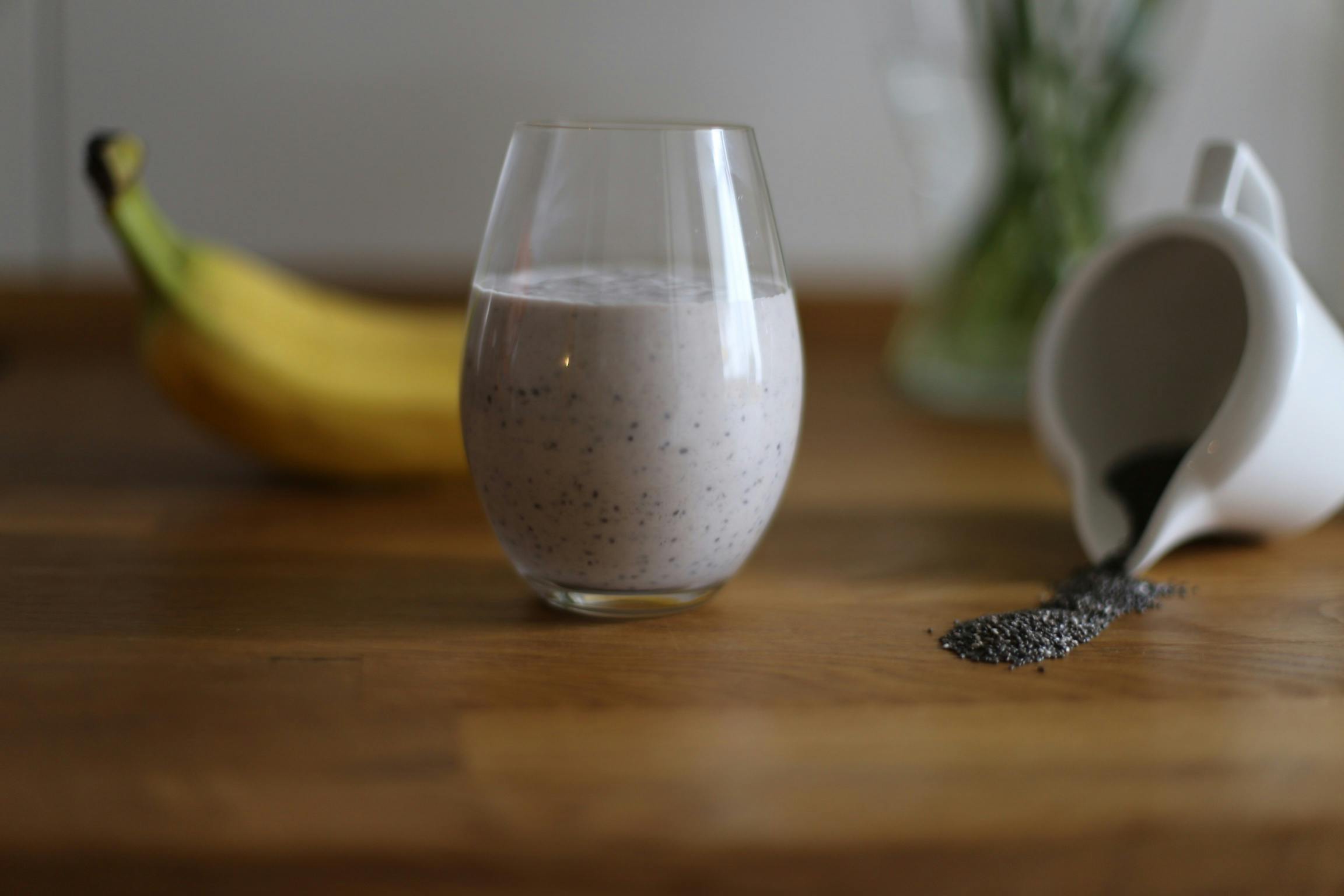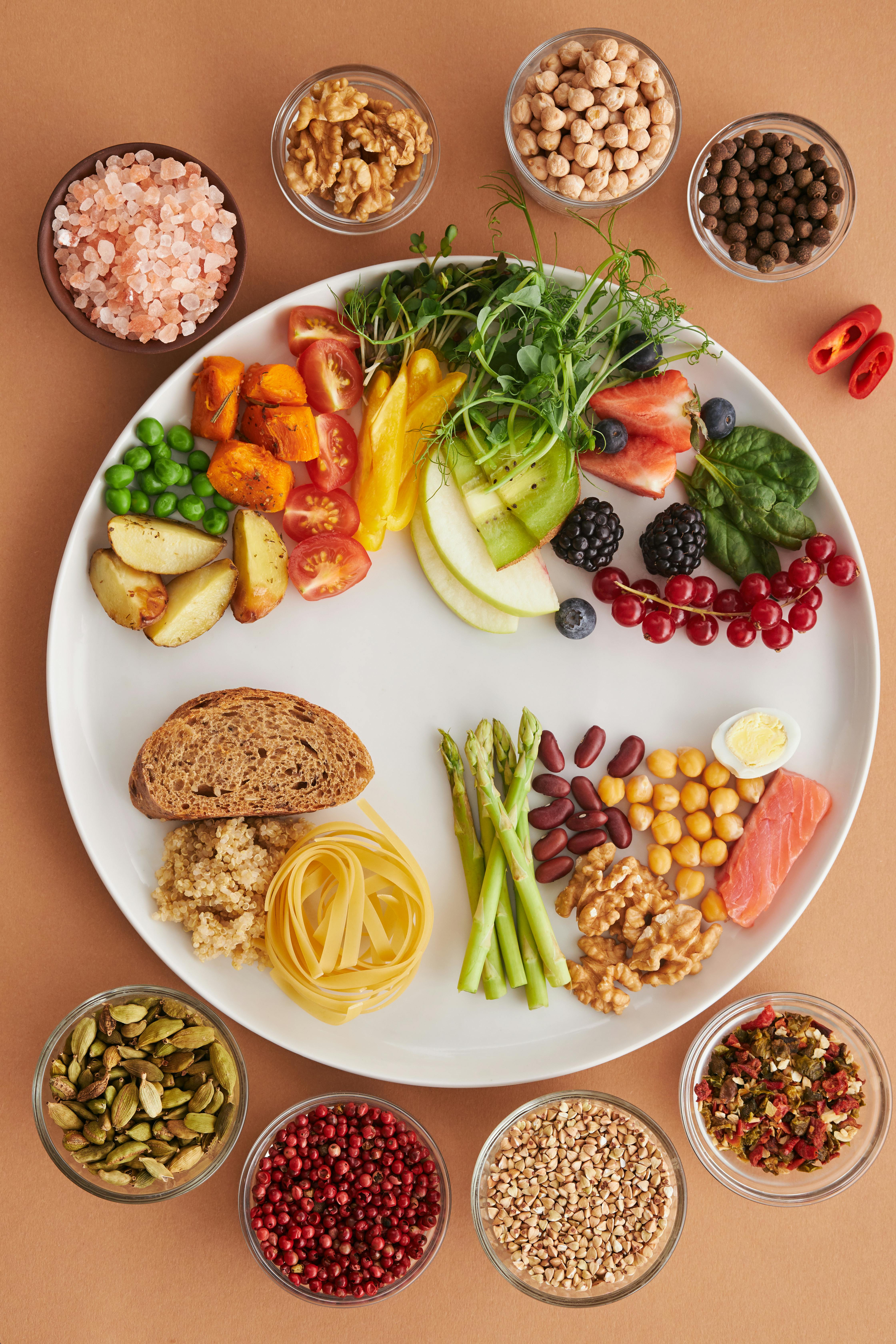
Apply Now


Effective Comparison of Mediterranean Diet vs Paleo in 2025
Understanding the Mediterranean Diet
The Mediterranean diet has gained widespread attention for its health benefits, which are often linked to its emphasis on whole foods, healthy fats, and a largely plant-based approach. This diet is characterized by high consumption of vegetables, fruits, whole grains, nuts, and lean proteins, particularly fish. Central to this way of eating are heart-healthy olive oil and the use of Mediterranean herbs for flavor – factors that not only enhance taste but also offer a plethora of antioxidants. Importantly, the Mediterranean diet is not just a dietary framework but a lifestyle that incorporates physical activity and social engagement, promoting overall wellness. Evidence suggests that adhering to the Mediterranean diet can lead to improved heart health, better control of blood sugar levels, and weight management. In terms of meal planning, it encourages variety, making it easier to include various food groups and nutrients necessary for a balanced diet. Meals often include seasonal fruits and vegetables, which not only boosts nutrient intake but also aligns with sustainable eating practices. This naturally leads us to consider the core principles of the Paleo diet, which presents a stark contrast to the Mediterranean approach.Exploring the Paleo Diet
The Paleo diet, often referred to as the "caveman diet," emphasizes eating foods presumed to be available to our ancestors. This includes lean meats, fish, fruits, vegetables, nuts, and seeds while strictly avoiding processed foods, grains, legumes, and dairy. Proponents of the Paleo diet believe that modern agricultural practices have distanced us from our natural dietary patterns, making a return to these "natural" foods essential for optimal health. One of the key advantages of the Paleo diet is its high protein content and low carbohydrate levels, which can aid in weight loss and lead to improved muscle gain. The focus on nutrient-dense foods, primarily protein and healthy fats, promotes satiety and can lead to better portion control. As it eliminates processed foods, the diet can also provide benefits for gut health through enhanced digestive function. Building on this basic understanding, let’s explore the health benefits associated with both diets and how they support weight management.Health Benefits and Weight Management
Weight Loss and Caloric Intake
Weight loss is a primary goal for many individuals when considering dietary guidelines. Both the Mediterranean and Paleo diets offer unique approaches to achieving this goal through effective caloric intake management. The Mediterranean diet’s emphasis on fiber-rich fruits, vegetables, and whole grains facilitates improved satiety, potentially leading to lower overall caloric consumption throughout the day. Studies indicate that individuals following this diet tend to experience sustainable weight loss and enhanced long-term adherence due to its satisfying nature. Conversely, the Paleo diet’s high protein and fat content helps in regulating hunger hormones, often resulting in reduced cravings and better control over caloric intake. The exclusion of grains and legumes can also minimize blood sugar spikes, which helps maintain stable energy levels and enhance focus on fitness goals. Both diets support weight management through improved food choices and portion sizes, with the Mediterranean diet promoting a broader variety of nutrient-dense options. Together, these dietary patterns illustrate how diet influences not only weight but also other aspects of health.Overall Nutrition and Nutrient Density
Nutrition is at the heart of both dietary patterns. The Mediterranean diet excels in nutrient density, emphasizing whole foods loaded with vitamins, minerals, and antioxidants. Foods like leafy greens, berries, and nuts provide dietary fiber and essential nutrients that bolster immune health and reduce inflammation. This dietary approach not only supports physical health but also fosters emotional wellness through mindful eating practices. In contrast, the Paleo diet focuses on whole foods that are often higher in protein and healthy fats while eliminating nutrient-poor processed options. This can result in superior nutrient absorption and improved metabolic rates. However, one potential drawback is the exclusion of whole grains, which are a significant source of dietary fiber and B vitamins. As we look deeper into specific dietary components, it's essential to compare the sources of healthy fats, as they play critical roles in overall health.Healthy Fats: A Closer Look
Healthy Fats Sources in Both Diets
Healthy fats are pivotal to both the Mediterranean and Paleo diets. The Mediterranean approach integrates heart-healthy oils, primarily olive oil, as a primary fat source, known for its health-promoting properties, including omega-3 fatty acids. Additionally, consumption of fatty fish like salmon and mackerel contributes to improved cardiovascular health and brain function due to their high omega-3 content. The Paleo diet also promotes the intake of healthy fats, focusing on sources such as avocados, nuts, and seeds. These fats are critical for brain health and hormonal balance, crucial aspects of overall wellness. However, the primary difference lies in their recommended fat sources—while the Mediterranean diet embraces a variety of fats, the Paleo diet limits them to those available during prehistoric times. This topic leads us to examine meal planning and recipe ideas that reflect the principles of both diets.Meal Planning and Recipe Ideas
Practical Meal Ideas for Mediterranean Diet
Meal planning within the Mediterranean diet is both simple and flexible, making healthy eating achievable. Breakfast ideas may include Greek yogurt topped with seasonal fruits and nuts or whole-grain toast with avocado and cherry tomatoes. For lunch, consider a vibrant salad bursting with colors, utilizing a mix of leafy greens, olives, and grilled chicken, dressed with olive oil and lemon juice. Dinner can be a delightful exploration of Mediterranean cuisine, featuring grilled fish marinated in herbs, paired with roasted vegetables and quinoa. Incorporating Mediterranean recipes allows for significant meal variety and seasonal eating, central to the diet's philosophy. Snacks can include hummus with veggies or a handful of nuts, promoting nutrient density and satiation. With these meal ideas laid out, let’s examine the Paleo approach to daily meals.Paleo Recipe Inspirations for Everyday Meals
The Paleo diet offers exciting opportunities for meal creativity while maintaining its core principles. Breakfast could start with a vegetable omelet, using an array of veggies to provide fiber and nutrients. For lunch, a hearty chicken salad with crunchy nuts and a citrus-based dressing embodies the essence of fresh ingredients. Dinner options can be equally enticing: roasted meats served alongside a medley of seasonal vegetables, all grilled or baked in flavors that preserve their natural tastes. Paleo snacks can vary from fruit with almond butter to carrot sticks and guacamole, offering a satisfying crunch while staying within dietary guidelines. This section showcases how easy it can be to implement the Paleo philosophy through practical, everyday meal prep.Dietary Patterns: Choosing What's Right for You
Personal Preferences and Lifestyle Considerations
Choosing between the Mediterranean and Paleo diets requires an understanding of personal preferences and lifestyle considerations. The Mediterranean diet’s flexible framework allows for modifications to cater to personal tastes, cultural influences, and social aspects of eating. It encourages community and family meals, making it viable for long-term adherence. In contrast, the Paleo diet may appeal to those who prefer a straightforward, uncomplicated approach focused on whole foods. However, the restrictions inherent to Paleo may present challenges for social dining experiences, making it less adaptable in certain settings. Ultimately, the choice may boil down to individual goals, dietary preferences, and the health outcomes one aims to achieve. It's vital to assess how these diets align with personal nutrition plans and overall lifestyle.Combining Dietary Approaches for Optimal Health
An emerging trend in nutritional approaches is the incorporation of principles from both the Mediterranean and Paleo diets for a customized plan. By integrating the nutrient-dense principles of Mediterranean meals with the whole food focus of the Paleo philosophy, individuals can optimize nourishment while enhancing their food variety. For example, including lean proteins, healthy fats, and a wide assortment of vegetables can elevate any meal's health quotient while maintaining the satisfying flavors inherent in both diets. This combination not only prioritizes balanced meals but expands cultural relevance in food choices, ultimately promoting sustained nutritional habits.Conclusion: Your Path to Healthy Eating
Both the Mediterranean and Paleo diets offer compelling health benefits and strategies for weight management. Emphasizing a lifestyle that enhances overall well-being through balanced nutrition, active living, and mindful eating is essential. When comparing these diets, consider factors such as personal preferences, lifestyle adaptability, and long-term sustainability in daily meal planning. Ultimately, tailoring your eating habits to align with these diets’ principles can pave the way for improved health outcomes, enriching both your physical and mental wellness while embarking on your culinary journey.
